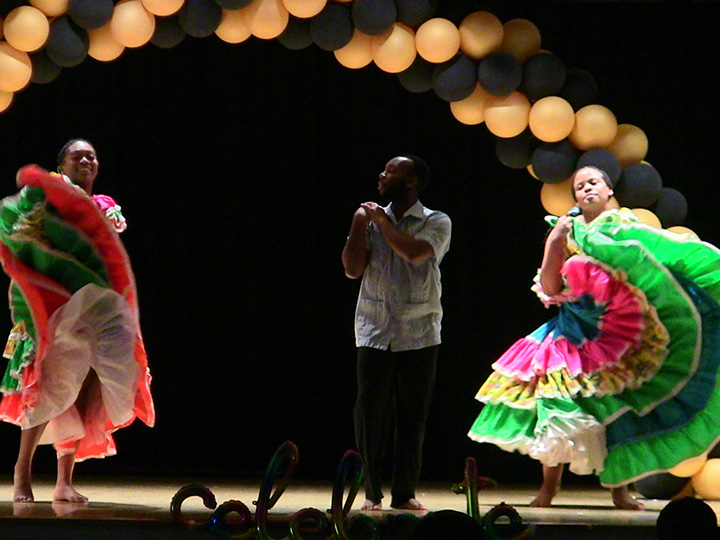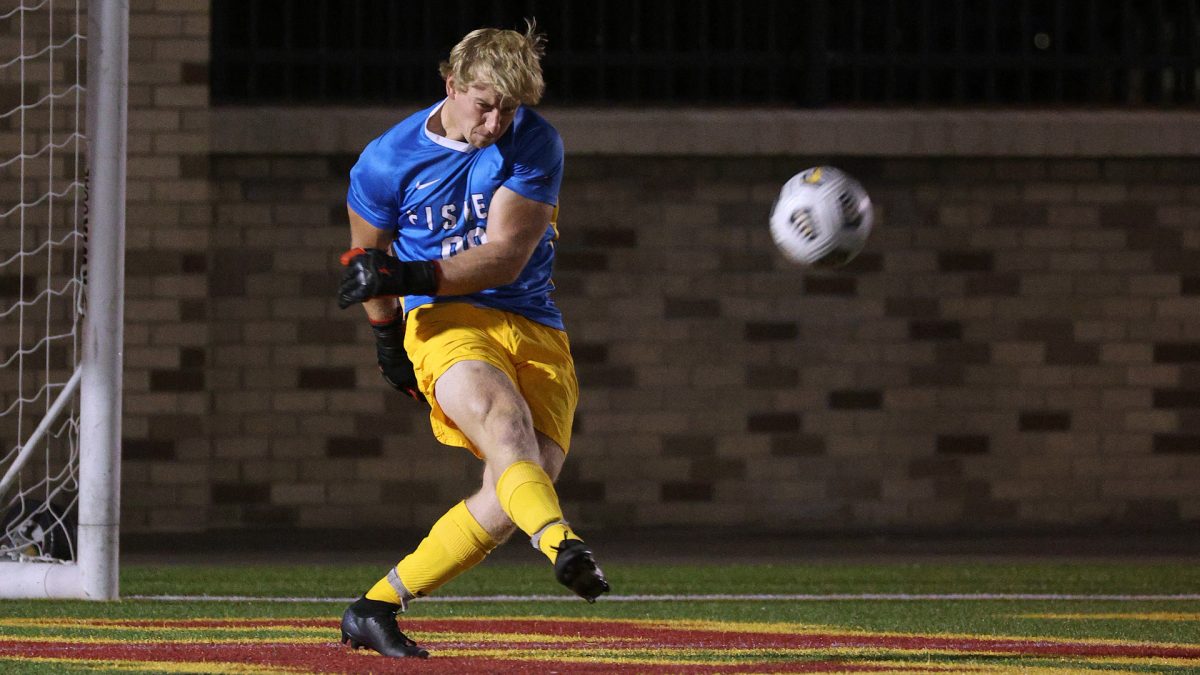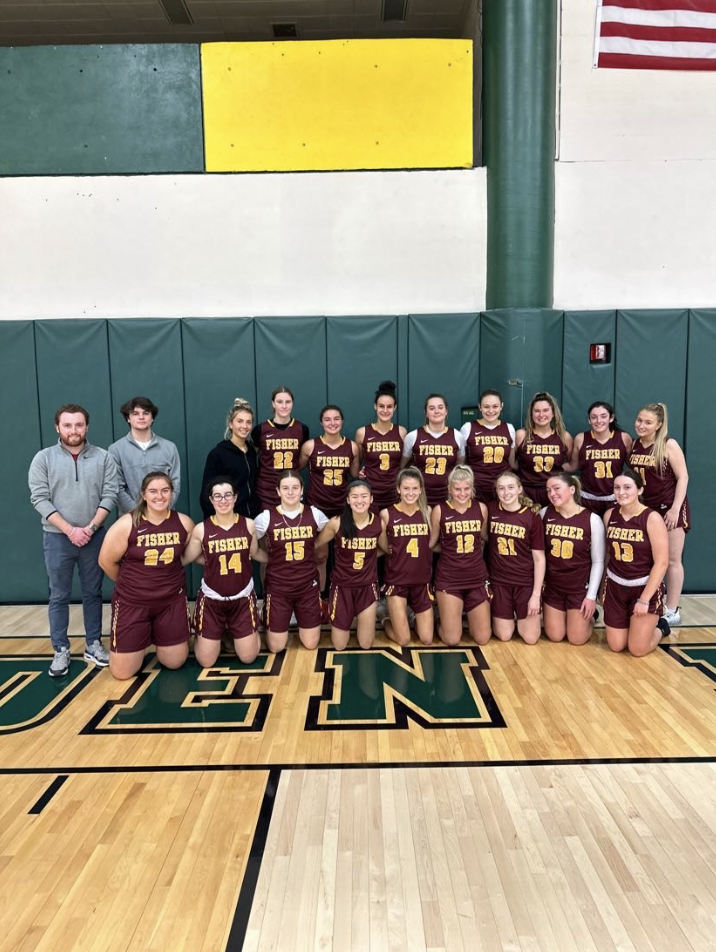These past couple months have been unlike any other, especially for education, with the need to adapt to online learning methods, raising the question: is virtual learning necessarily the best option for the future of education?
As technology continues to become a bigger part of how we function as a society, virtual school is one change that may occur, and COVID-19 has given us a taste about how an all virtual classroom would function and how effective it may be.
Virtual learning has provided the education system with a whole new learning experience, for both students and faculty, which presents both advantages and disadvantages from both perspectives. This semester, professors were given the option to teach fully virtually from the safety of their own home via Zoom classes. For example, visiting instructor for the Psychology Department, Professor Brittany Broderick, has chosen to stay home for the semester and teaches all of her classes virtually.
Professor Broderick appreciates the flexibility that remote learning offers for both the students and instructors, but said, “there is nothing quite like the in-person learning experience at SJFC.”
One main issue that arises from virtual learning is that students are concerned they are not able to make personal connections with their instructors and peers, and professors with their students, than if they were in-person. Sophomore inclusive childhood education and psychology major, Jennah Ferrari finds it more difficult to make connections with her professors during class hours. “With Zoom it is harder to have those little conversations with your professor. In person, it is super easy to have a conversation with them after class. On Zoom I still have a good relationship with my professors only if I am actively participating in the class.”
However, both students and faculty alike feel as though reaching out outside of class is just as easy as it has been in past years. Junior nursing major, Alivia Collins, said, “I don’t have a problem reaching out to any of them if I’m having a problem with something or have a question. They are all very approachable.”
Professor Broderick added, “I spend more time now, than I ever have, reaching out to students (both individually and to classes as a whole) to check in and offer support.” Another major concern that stems off of making connections is that, with virtual learning, it is easier for students to turn off their cameras and not pay attention during lectures.
“I’ve seen in my classes that each week the same students participate in class. It’s easy for students to sit behind a computer screen and not be paying attention in class,” said Alivia Collins. “Because Zoom can be easily accessed from anywhere, there is little preparation among students.”
Ferrari has noticed similar behavior. “I have one remote class and it is very apparent when students are just sitting there on their phones or doing a different task instead of listening to the professor or engaging in the conversation or task at hand.” This behavior does not go unnoticed by the professors, however, because they notice similar behavior even in their in-person classes. There are always the couple students who participate more and are clearly more prepared than others.
“As always, each class has its stand-outs: the handful of students who always show up, answer questions, offer feedback, etcetera,” Broderick said. “This hasn’t changed in the virtual classroom. In fact, I feel like there are more of these students in each of my classes, especially given the fact that we have the chat option in ZOOM. Students who normally wouldn’t feel comfortable sharing in class now have another platform.”
The flexibility that virtual learning offers both students and faculty has proven itself to be both a positive and negative when considering the effectiveness of online classes. As we go forward, online classes may become a permanent part of our education system which would be beneficial for decreasing the number of absences or cancellations due to weather or sickness.
However, if remote learning is to be offered in the future, Collins advises that it must be done with caution. “It would be great for those who can’t attend in person due to sickness or emergency, but I also think it will get taken advantage of and the number of students in the classroom will decrease.”



























